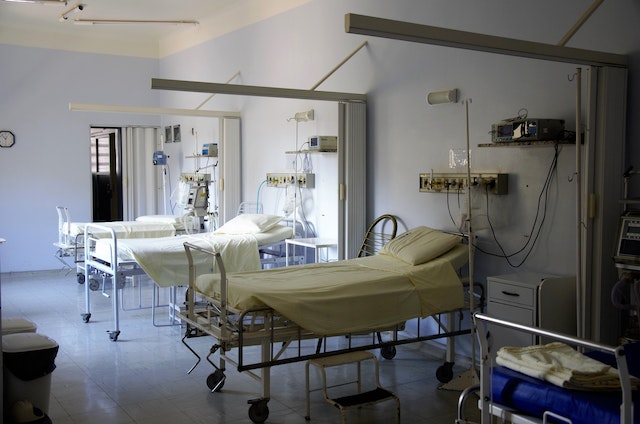It’s a staggering statistic. Healthcare company bankruptcies were up 84% in 2022 as compared to 2021. Things are getting so severe that in California, there are legislative proposals for offering emergency loans for hospitals facing closure or that are trying to reopen. Why is this happening?
COVID’s Impact
The COVID-19 pandemic has had a significant impact on hospitals financially. Here are some of the ways hospitals have been affected:
Increased expenses: Hospitals faced increased expenses due to the surge in COVID-19 cases. These expenses include the cost of personal protective equipment (PPE), additional staffing needs, testing supplies, ventilators, and other medical equipment required to treat COVID-19 patients. Hospitals also had to invest in facility modifications and create dedicated COVID-19 units or wards.
Canceled or postponed elective procedures: To free up resources and reduce the risk of COVID-19 transmission, many hospitals had to cancel or postpone elective surgeries and procedures. These procedures often contribute a significant portion of a hospital’s revenue, and their suspension led to financial losses.
Reduction in outpatient visits: Many people postponed or avoided non-emergency medical visits and procedures due to concerns about COVID-19 exposure. As a result, hospitals experienced a decline in outpatient visits, diagnostic tests, and routine care. Outpatient services are an essential revenue source for hospitals, and the decrease in patient volumes had a negative financial impact.

Decline in emergency department visits: While emergency departments experienced a surge in COVID-19 cases, they also saw a decline in visits for non-COVID-19 emergencies. Fear of exposure to the virus, stay-at-home orders, and limited access to transportation may have contributed to this decline. Since emergency department visits often generate revenue for hospitals, the decrease in non-COVID-19 cases had financial implications.
Unequal distribution of funding: While governments and healthcare systems provided financial relief and support to hospitals during the pandemic, the distribution of funds varied. Some hospitals, particularly those in hard-hit areas or with a high percentage of COVID-19 patients, received additional funding. However, smaller or rural hospitals with fewer COVID-19 cases may have faced financial challenges due to reduced patient volumes and inadequate financial support.
It’s important to note that the specific financial impact can vary among hospitals based on factors such as their location, patient demographics, size, and pre-pandemic financial health. These factors can influence the severity of the financial challenges faced by hospitals during the COVID-19 crisis.
Partnering with Vesta Teleradiology Group to Reduce Costs
Vesta Teleradiology understands that financial costs can be a burden, so that’s why they are always on the lookout to bring the latest technologies to healthcare facilities to help improve efficiency and quality while reducing costs. Vesta doesn’t believe you have to sacrifice quality for cost. Whether you operate a large hospital, urgent care center, or private practice, we are here to help fully or in part, for all your radiology interpretation needs, including subspecialties.
Sources:
https://calmatters.org/health/2023/04/hospital-closures-california/



